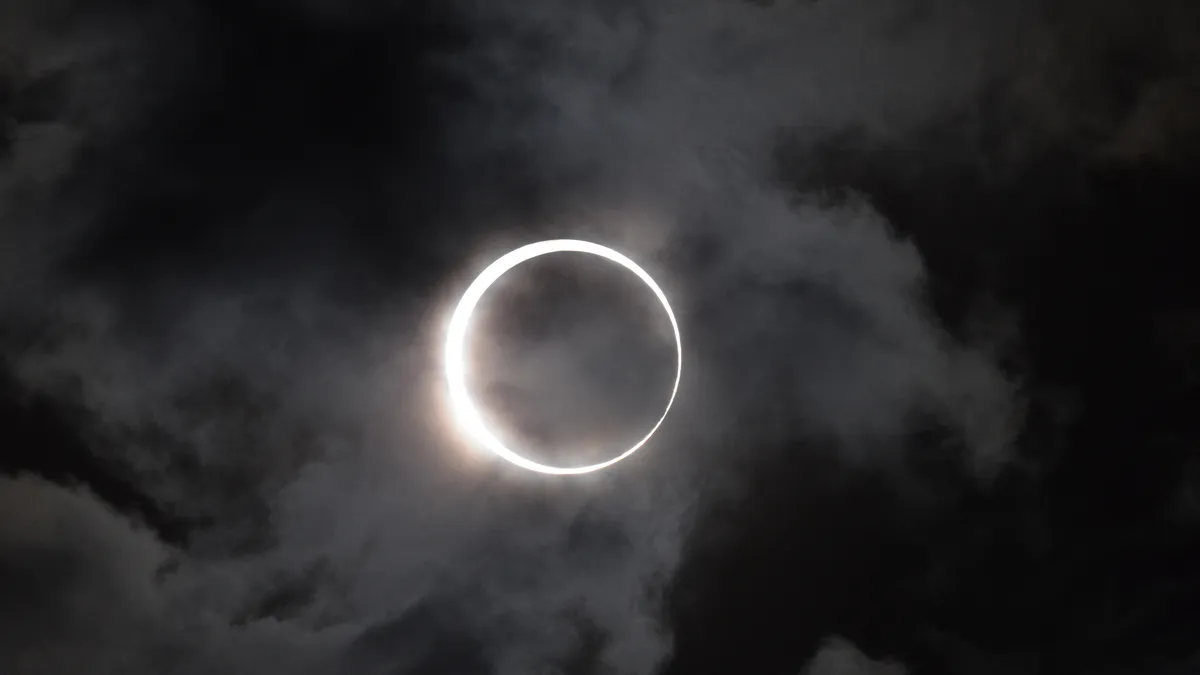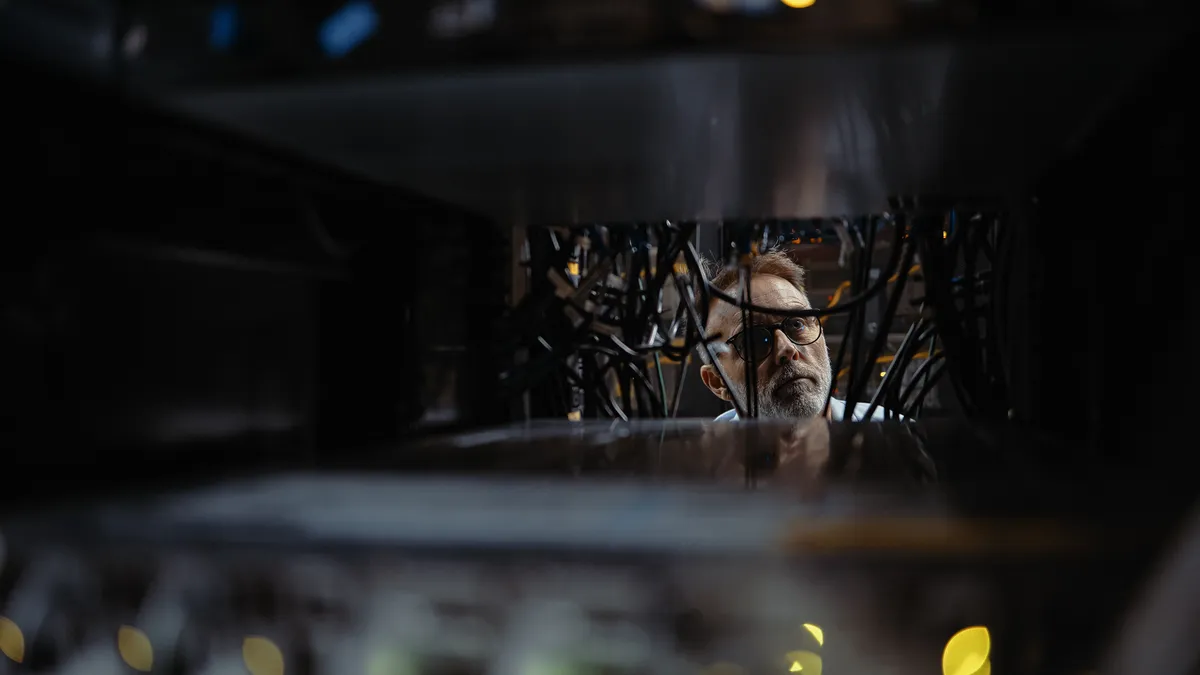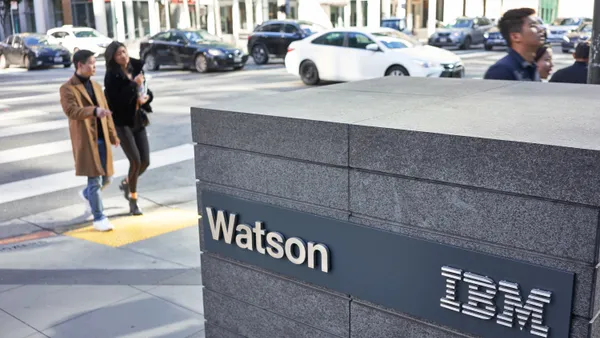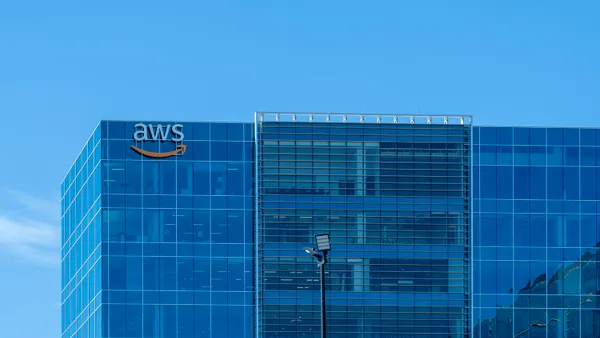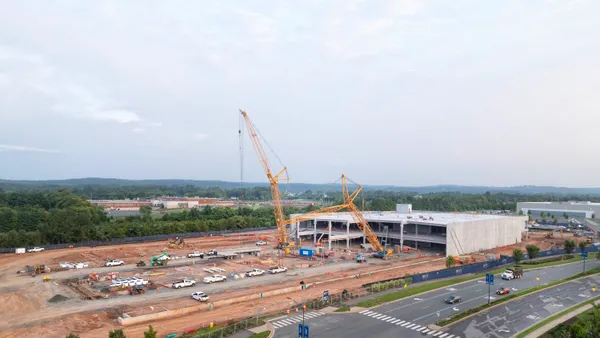Dive Brief:
-
Monday’s eclipse, which will sweep the shadow of the moon across the continental U.S. for an hour and a half, is predicted to become the most photographed, tweeted and shared event in history, reports The Atlantic. Experts estimate as many as 7.4 million visitors will travel to the path of totality, and for many areas in the eclipse’s path, current network infrastructure requires a boost to handle heightened traffic.
-
Although providers design and build networks to handle significantly more traffic than they might experience on a daily basis, most plan on taking additional actions such as deploying mobile towers and cell-on-wheels trucks, according to Business Insider. Mobile companies will divert resources to areas with high demand; AT&T is reportedly increasing its capacity up to 300% in some areas.
- Cities along the path of totality are also taking measures to ensure operations go smoothly, reports City Lab. Companies have increased capacity for first responders, hospitals have announced plans to stick to landlines and the Red Cross will revert to ham radio.
Dive Insight:
On a normal day, in a 2 minute, 41 second span the internet processes hundreds of millions of requests — especially social media — requests and 7.6PB of internet traffic, according to ZDNet. In the same time period as Monday’s solar eclipse hits totality, those numbers may be dwarfed.
With an estimated 50% of the US population viewing the eclipse today, there will an impact on internet connectivity for some, said Todd Krautkremer, SVP of strategy and corporate development at Cradlepoint, in an email to CIO Dive.
As umbraphiles — individuals who chase eclipses — and spectators congest local highways and country roads not used to heavy visitation, they will also congest the networks of areas with less point-to-point microwave bandwidth, said Krautkremer.
Network providers have demonstrated the ability to buttress capacity during high traffic events like the Olympics and Super Bowl. When cell providers took measures to increase capacity for the Super Bowl, many made permanent upgrades; of the $40 million AT&T spent, $35 million went to long term infrastructure.
While T-Mobile is confident the temporary towers it has added can handle traffic, it offered recommendations to customers to get the most out of their connectivity, including texting over calling in crowded areas and waiting until after the event to share photos online.
Ultimately only time will tell if extra measures will be enough to handle connectivity problems. Snow-ball effects — when users experience bad performance, attempt to refresh and end up creating more load on a system — may sorely test websites not used to the volume of traffic that internet giants such as Facebook or Google experience daily.


